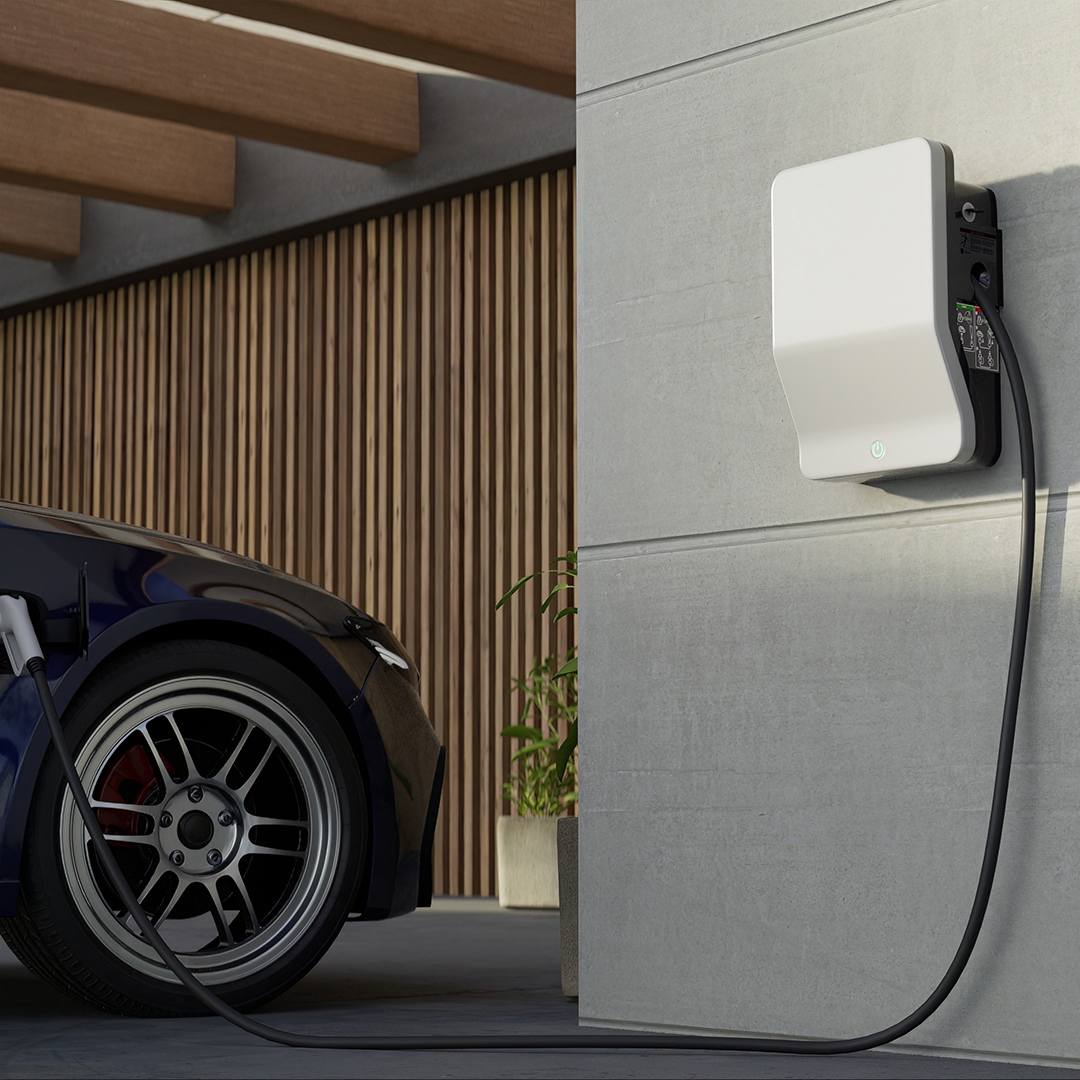HOW TO GUIDE: SELLING YOUR EXCESS ENERGY BACK TO THE GRID.
When you install solar panels at home, you don’t just generate clean electricity, you’ll often produce more than you use, especially in summer.
The good news? You can sell that excess energy back to the grid and get paid for it… helping maximise your savings and shorten your system’s payback time.
In this guide, we’ll explain how it works, how to get set up, and what you need to know about selling your surplus solar energy.

WHAT IS THE SMART EXPORT GUARANTEE (SEG)?
The Smart Export Guarantee (SEG) is a government-backed scheme that allows you to get paid for the solar electricity you export to the grid.
Under SEG:
• You’ll receive a payment for every kilowatt-hour (kWh) of solar energy you export.
• You can choose an SEG tariff from a range of energy suppliers.
• The amount you’re paid depends on your chosen supplier’s export rate.
In short: you get paid for the clean energy you don’t use, helping you make the most of your solar system.
HOW DOES IT WORK?
Here’s what happens:
• Your solar panels generate electricity during the day.
• Your home uses this solar power first – reducing the need to buy energy from the grid.
• If you generate more than you’re using (common in the middle of the day), that excess energy flows back to the grid.
• Your smart meter records how much you export.
• Your chosen SEG provider pays you for the exported electricity – usually quarterly or monthly.
If you have battery storage, your system can store surplus energy for later use. But once the battery is full, any additional solar generation is exported, so you still benefit from SEG payments.
HOW DO I SET IT UP?
1. Install your solar system
Your solar installer will register your system with the DNO (Distribution Network Operator) to confirm it’s approved for grid export.
At LIME, we handle this paperwork for you.
2. Make sure you have a smart meter
You’ll need a smart meter capable of recording export – usually a SMETS2 meter.
If you don’t have one yet, your energy supplier can install one at no extra cost.
3. Choose an SEG tariff
You can pick an SEG tariff from any qualifying energy supplier. You’re not limited to your current electricity supplier.
Rates vary so it pays to shop around.
4. Apply for SEG payments
You’ll need to provide:
• Proof of your solar installation (MCS certificate)
• Your DNO registration
• Your smart meter details
Once accepted, you’ll start receiving payments for your exported energy!
HOW MUCH CAN YOU EARN?
SEG rates vary between suppliers – typically 5p-15p per kWh (as of 2024-2025).
How much you earn depends on:
• The size of your solar system
• Your home’s energy usage patterns
• Whether you have a battery (this reduces export, as you use more of your own energy)
• The export rate you choose
Example:
A typical 4 kW solar system in Scotland might export 1,500-2,000 kWh per year – earning £75-£200 a year depending on rates.
While SEG payments won’t replace the savings you make from self-using your solar power, they provide a useful extra income stream boosting the return on your system.


CAN BATTERIES AND SEG WORK TOGETHER?
Absolutely. With battery storage, you’ll:
• Use more of your own solar energy – cutting your grid bills even further
• Still export any true excess – once your battery is full
Some smart battery systems even allow export optimisation, automatically deciding when to export for the best returns.
At LIME, we’ll advise you on the best setup to maximise both savings and SEG earnings.
CHOOSING THE RIGHT SEG TARIFF
You’re free to choose any SEG tariff – you don’t have to stick with your energy supplier.
Things to check when comparing tariffs:
• The export rate (pence per kWh)
• How often you’ll be paid
• Any minimum contract length or conditions
• Whether the rate is variable or fixed
It pays to review rates each year. Some suppliers offer seasonal promotions or loyalty bonuses.
HOW TO MAXIMISE YOUR RETURN
Here are some tips to get the best from your solar export:
1. Understand your usage
The more you use your own solar power, the bigger your savings – but it’s good to know when you’re likely to export.
Monitoring apps (like the ones we provide) help you track this.
2. Use smart appliances
Timing your energy use (with dishwashers, EV chargers, heating) helps make the most of your solar and reduces waste export.
3. Add battery storage
Batteries help you use more of your own energy, reducing grid reliance. You’ll export less – but what you do export will be genuine surplus.
4. Choose a good SEG rate
Even small differences in rate add up, so it’s worth shopping around.
IS THERE STILL A FEED-IN TARIFF?
No – the old Feed-in Tariff (FiT) closed to new applicants in 2019.
The Smart Export Guarantee (SEG) replaced it for new systems and is now how you earn for exported energy.
THE LIME APPROACH: CLEAR AND REFRESHINGLY SIMPLE
At LIME, we design your solar system to maximise your savings first, then optimise any surplus export for the best returns.
We only install premium products and provide expert guidance on:
• Choosing the right SEG tariff
• Using your battery and system smartly
• Tracking your solar performance with clear, simple apps
• Understanding how your system saves you money
FINAL THOUGHTS: WHY SELL YOUR EXCESS SOLAR ENERGY?
Selling your surplus solar power:
• Helps maximise your system’s financial return
• Makes the grid greener – supporting the UK’s Net Zero goals
• Shortens your system’s payback time
• Provides an extra income stream, even when you’re not home
READY TO GET STARTED?
If you’re thinking about adding solar or want advice on batteries or SEG tariffs, talk to our experts today.
We’ll help you switch to smarter, cleaner energy – made simple.
YOUR SOLAR SYSTEM, INSTALLED BY SCOTLAND’S LEADING INSTALLER
1
Start by simply adding your postcode in the box below.
2
Request your custom quote. Complete a couple of details and one of our solar experts will be in touch.
3
We’ll take care of it all, from designing the system right for your home to installation and advising you on export tariff options.
